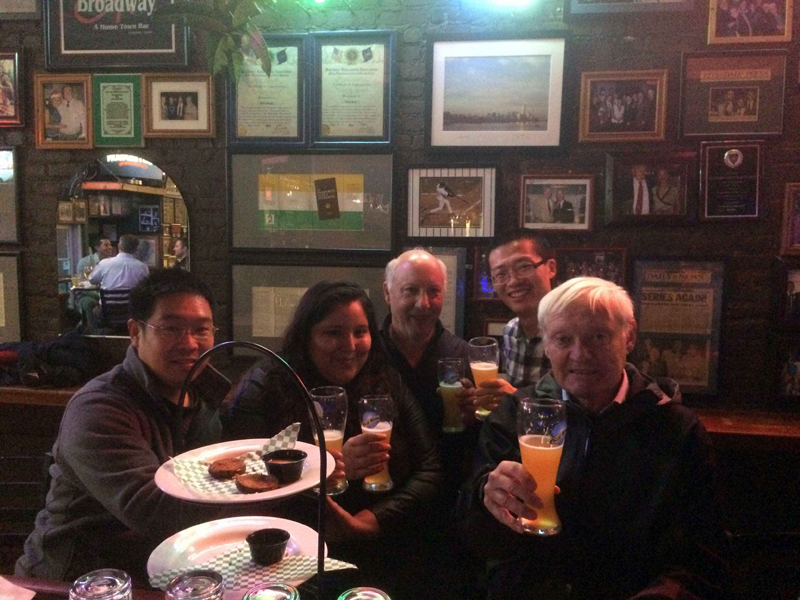News
New paper in PNAS
Posted by: Joachim Frank |
October 11, 2016 |
No comment

Our paper describing the 2.5-Å structure of the large ribosomal subunit of T. cruzi has finally appeared.
It presents a culmination of a collaboration of four groups: our own lab, Susan Madison Antennucci’s at the Wadsworth Center in Albany, Liang Tong’s at the Department of Biological Sciences, also Columbia University, and John Woolford’s at Carnegie Mellon University in Pittsburgh.
“Structure and assembly model for the Trypanosoma cruzi 60S ribosomal subunit.”
Zheng Liu, Cristina Gutierrez-Vargas, Jia Wei, Robert A. Grassucci, Madhumitha Ramesh, Noel Espina,
Ming Sun, Beril Tutuncuoglu, Susan Madison-Antenucci, John L. Woolford Jr., Liang Tong, and Joachim Frank (2016) Proc. Natl. Acad. Sci.
To our knowledge, this is the highest resolution obtained so far for a ribosome by cryo-EM. The quality of the map is high enough to permit de novo modeling. 60 rRNA modification sites can be discerned – they will be featured in an article currently in preparation. Water molecules, Zn2+ and Mg2+ ions are seen, and the signatures of amino acid residues are crisp and distinguishable. However, the novelty highlighted in our paper has to do with the way the rRNA is assembled from 8 pieces – 5S, 5.8S, and six pieces forming jointly the 28S rRNA. Careful analysis of the rRNA-rRNA joints and the way they are facilitated by protein extensions, with the background of knowledge on yeast ribosome assembly, allowed us to draw conclusions on the temporal sequence of events.
Abstract
Ribosomes of trypanosomatids, a family of protozoan parasites causing debilitating human diseases, possess multiply fragmented rRNAs that together are analogous to 28S rRNA, unusually large rRNA expansion segments, and r-protein variations compared with other eukaryotic ribosomes. To investigate the architecture of the trypanosomatid ribosomes, we determined the 2.5-Å structure of the Trypanosoma cruzi ribosome large subunit by single-particle cryo-EM. Examination of this structure and comparative analysis of the yeast ribosomal assembly pathway allowed us to develop a stepwise assembly model for the eight pieces of the large subunit rRNAs and a number of ancillary “glue” proteins. This model can be applied to the characterization of Trypanosoma brucei and Leishmania spp. ribosomes as well. Together with other details, our atomic-level structure may provide a foundation for structurebased design of antitrypanosome drugs.



